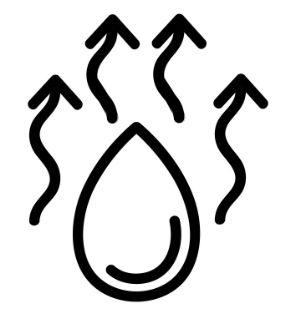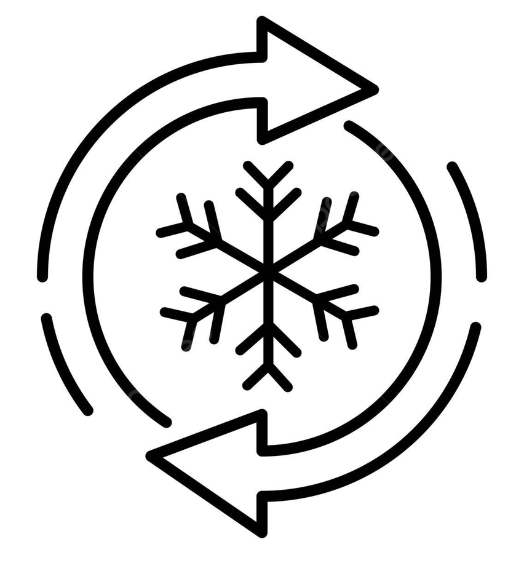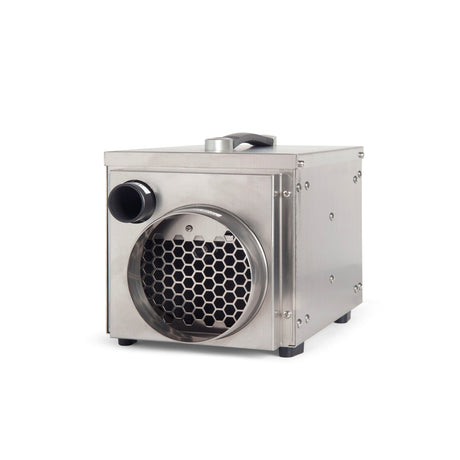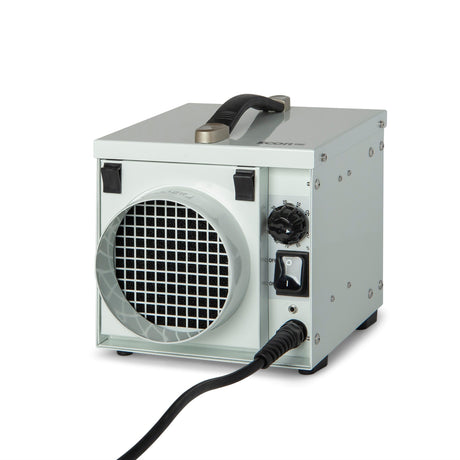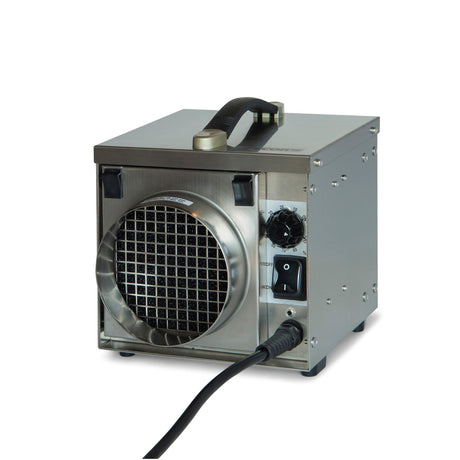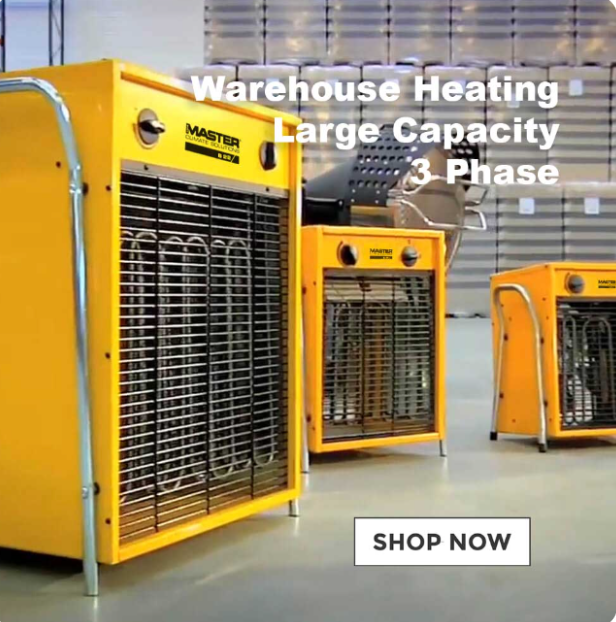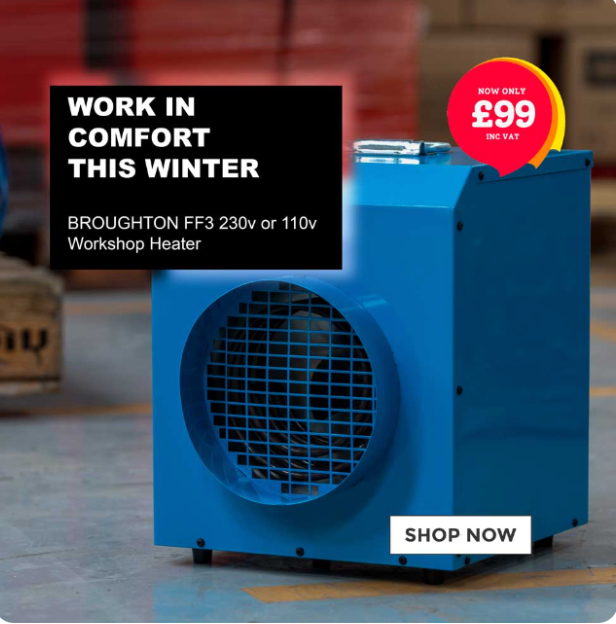Understanding power output in home dehumidifiers helps you select the right model for your needs; higher output provides faster and more efficient moisture removal in large or humid areas.
Lower power output models are generally suited for smaller rooms, effectively controlling humidity without excessive energy consumption.
Higher output units are beneficial when rapid humidity reduction is needed, quickly improving comfort in moisture-prone spaces. However, overpowered dehumidifiers in smaller rooms may lead to higher energy costs and unnecessary dryness.
Knowing the ideal power output for your space ensures balanced moisture control, keeping your home comfortable and efficient.

